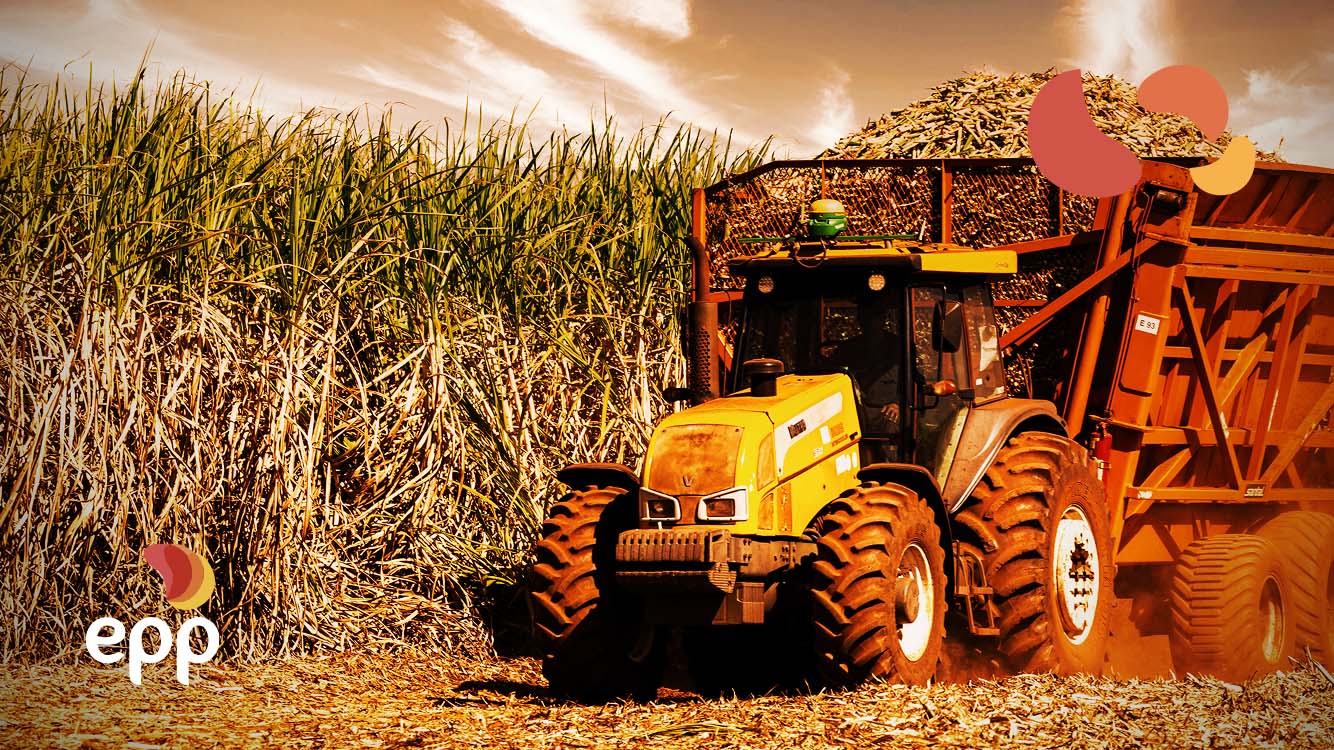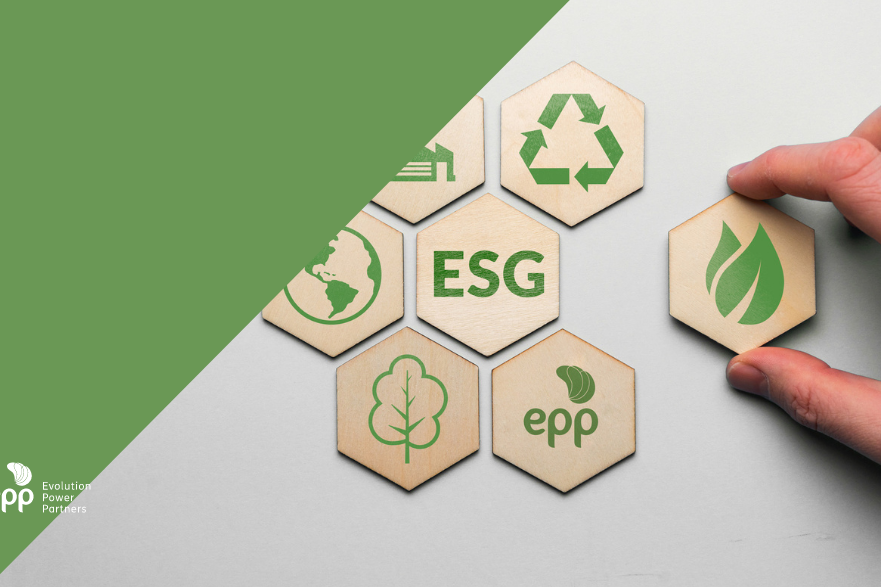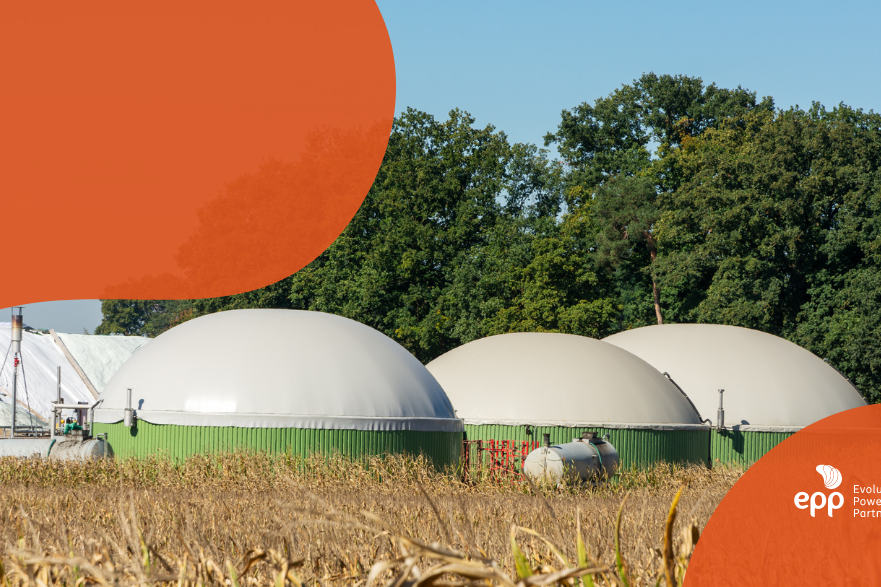Currently, energy generation from biomass is responsible for 9% of the country’s energy. See growth prospects.
Biomass is any biodegradable fraction of organic matter products and waste, which can be used in energy generation. With the water crisis, there was a need to activate thermoelectric plants to meet the country’s energy demand.
Thus, in July, of every 100 light bulbs lit in Brazil, 32 were generated from burning gas, diesel oil, biomass, coal and nuclear sources. The number is a record, and in the last decade, on just three occasions, thermal plants alone accounted for a third of daily energy production.
Although the participation of biomass in energy generation in the country is still small, Brazil has many sources at its disposal, such as forest, agricultural, industrial and livestock residues. Thus, with great available potential, growth projections are optimistic for the coming years.
The growth of biomass use in the Brazilian matrix
Biomass is an old energy source, but only after the oil crisis did alternative sources like this one begin to gain relevance in Brazil and in the world. Bioenergy obtained from biomass represents 25% of the energy matrix, with sugarcane contributing 17% of this total, while the remaining 8% comes from firewood and charcoal.
In 2020, biomass thermoelectric plants were responsible for almost half of all thermal generation in May, according to the National Interconnected System. This source, whose main fuel is sugarcane bagasse, generated 4,167 MW this month, representing 44.25% of the volume produced by all the thermal plants.
Validating the growth, in the A-3 and A-4 auctions that took place recently, 4 billion reais in investments in renewable sources were negotiated. Wind, photovoltaic, hydroelectric and biomass thermoelectric projects were contracted, with supply expected to begin in 2024 and 2025.
The most used biomass for energy generation comes from sugarcane, being planted and processed in the Southeast and Midwest regions. Mato Grosso do Sul, for example, is a prominent state of biomass energy, coming from the sugar-energy and eucalyptus sectors.
hallenges for industry growth
The national potential for biomass production is quite significant and Brazil is able to increase the share of biofuels in the domestic and international market in a sustainable way. The country is recognized to benefit from its soil and climate conditions, which allow diverse sources of biomass to prosper in a comprehensive way. However, there are still limiting challenges that impede the sector’s development. One of them is the lack of incentives and public policies that encourage the sector to make projects viable due to the cost. There are situations where the market price does not even cover the production values.
In this case, it is essential to understand the importance of using this source in addition to energy generation. The use of biomass also solves externality problems, such as the correct disposal of waste from industries and livestock.
Another challenge is efficiency, which makes the source uncompetitive, but which must be optimized according to the use of technologies that will help in the production of biofuels. According to the National Energy Plan 2050, there is a clear expectation regarding biomass. It is estimated that in 2050 this source will have an energy potential of 530 million tons of oil equivalent (toe), more than double the current total energy consumption.
Therefore, Brazil has several characteristics that put it at an advantage in biomass production, it just needs investment for the market to take off. If you liked this content and want to go deeper, read the text Biomass powered thermoelectric plants: understand the growth of this model.






